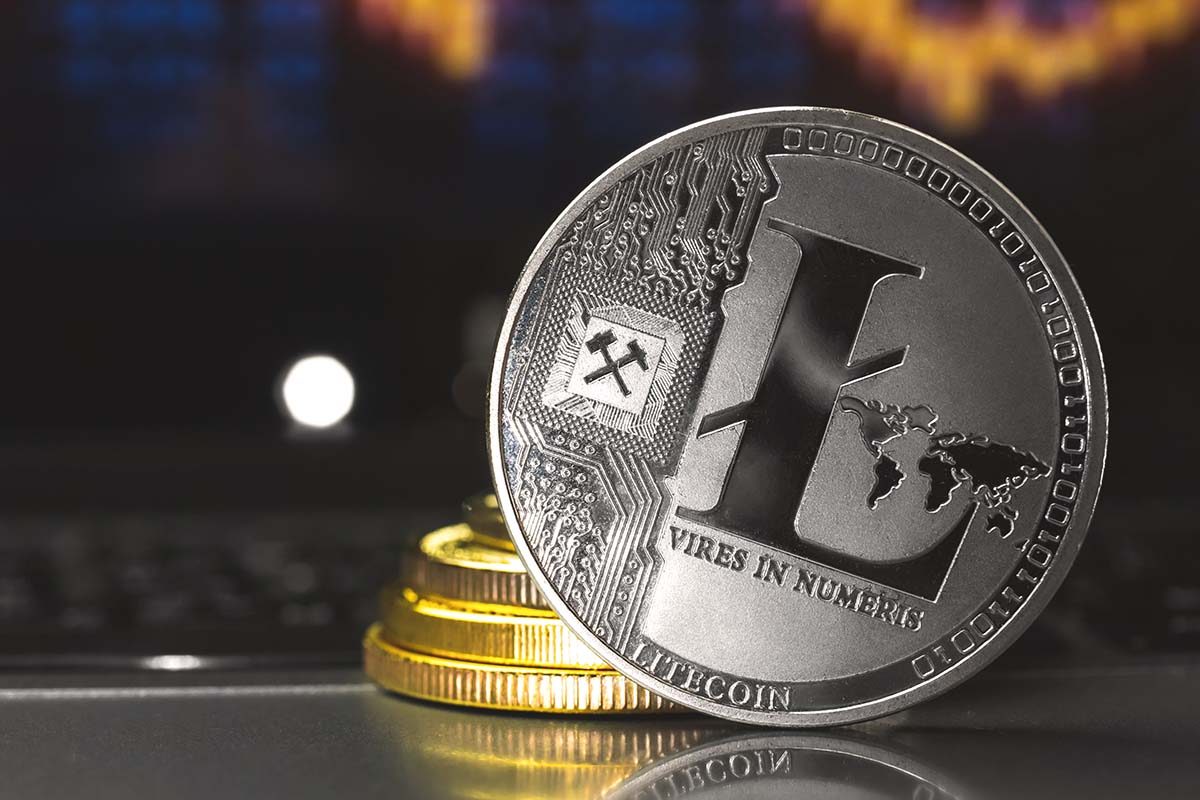The Advent of Crypto Bridges: Uniting Blockchain Ecosystems
Here at Defi Way, we are firmly convinced that crypto bridges are one of the most critical emerging technologies in the blockchain space. Crypto bridges effectively act as pathways between different cryptocurrency networks, allowing assets and data to flow seamlessly from one chain to another. This connectivity opens up whole new realms of possibility.
In the early days of blockchain, networks tended to be isolated and siloed. There was little interoperability between Bitcoin, Ethereum, and other chains. Tokens and data were largely confined to their native environments. However, just as intranets eventually gave way to the open internet, blockchain networks are now being woven together through revolutionary bridging protocols.
The implications of true blockchain interoperability are immense. With bridges in place, assets can migrate across chains, intelligent contracts can pull data from multiple sources, and layer-2 solutions can augment layer-1 chains. User experiences are enhanced, use cases multiply, and network effects compound. Crypto bridges turn a scattered array of blockchain islands into a coherent metaverse.
Bridging Mechanisms and Capabilities
Several live bridges now enable basic transfers between chains like Bitcoin and Ethereum. However, more advanced bridging protocols are coming to market with far richer functionality. These next-gen bridges do much more than simply shuttle tokens back and forth. Modern bridges interface with apps, enabling intelligent contract calls and transferring granular data between networks.
Ren, for example, is a leading interoperability protocol that can move assets between virtual machine environments. It leverages securely locked assets, proxy representatives, and decentralized oracles to ensure accurate bridging. Developers can use Ren to port complex financial apps across chains, access external liquidity pools, and implement cross-chain automation with smart contracts.
Similarly, Wormhole is a bridge protocol that passes not just tokens but also arbitrary data payloads. This permits communication between intelligent contract platforms like Solana and Ethereum. Messages and cabins are posted to Wormhole’s message bus, triggering actions on the connected chain based on programmatic logic. This unlocks advanced new cross-chain DeFi and app development models.
The Progress Towards an Interconnected Metaverse
In many ways, bridges represent the first steps to an integrated blockchain metaverse. With tokens, data, and contracts flowing freely across networks, blockchain can start to function more as a unified environment than an array of isolated platforms.
We are also seeing bridges enable blockchain integration with the real world. Status’ Keycard hardware wallet acts as a bridge between on-chain and off-chain identity. It allows users to securely link their digital wallet to their real-world ID, marrying self-sovereign blockchain credentials to traditional systems. Bridges like Keycard demonstrate one area where blockchain bridging delivers tangible real-world value.
Challenges in Cross-Chain Connectivity
Of course, it’s important to note that true seamless interoperability still faces challenges. Bridging protocols introduce security assumptions and points of centralization that some decentralized networks try to avoid. Tokens put in escrow when moving across bridges can also represent risks compared to native assets under the source network’s consensus model.
There are also outstanding questions about cross-chain composability for smart contracts and complex application logic. If computations depend on bridged connections to external data sources, instability can ensue. Cross-chain APIs and data interfaces are still evolving, so some integration pathways may be fragile.
The Way Forward for Crypto Bridges
Nevertheless, blockchain bridges seem poised to only grow in relevance and adoption from here on out. The interconnectivity they provide unlocks far too much potential to be ignored. We expect bridges to mature to the point where cross-chain architectures are commonplace rapidly.
At Defi Way, we’ll be at the leading edge, employing bridges across our DeFi platform features and functionality. We firmly believe open blockchain connectivity represents the next evolution of the technology. Chains were always meant to interact, interoperate, and build on each other’s innovations.
With decentralized bridges paving the way, distinct networks and communities can retain their technical designs and cultures while still benefiting from progress made elsewhere in the cryptoverse. Specialization can occur at the chain level according to comparative advantage, while bridges handle the integration.
This is the real breakthrough concept – leveraging connectivity to let blockchain networks focus on what they individually do best, instead of needing to be monolithic frameworks that try to handle every domain. Crypto bridges tap into network effects while keeping platforms light and focused under the hood. We think this theme will crystallize over the next few years into one of the primordial building blocks of blockchain’s future.




















